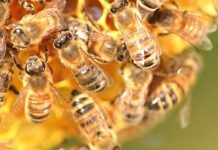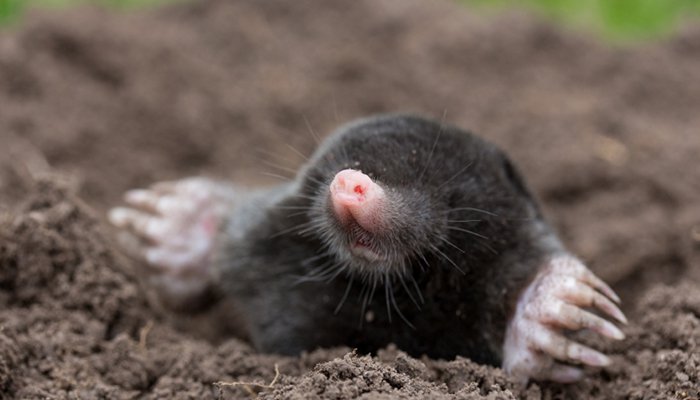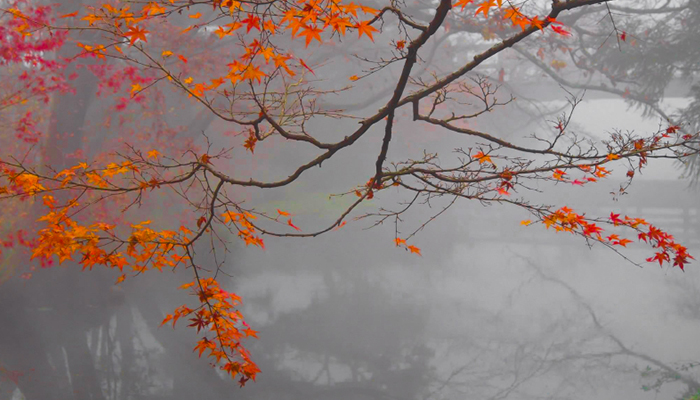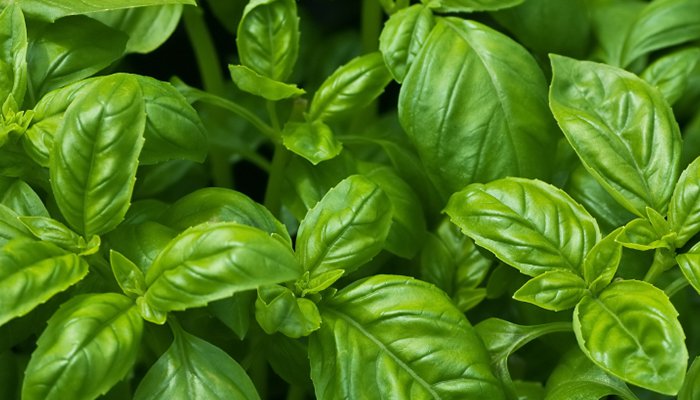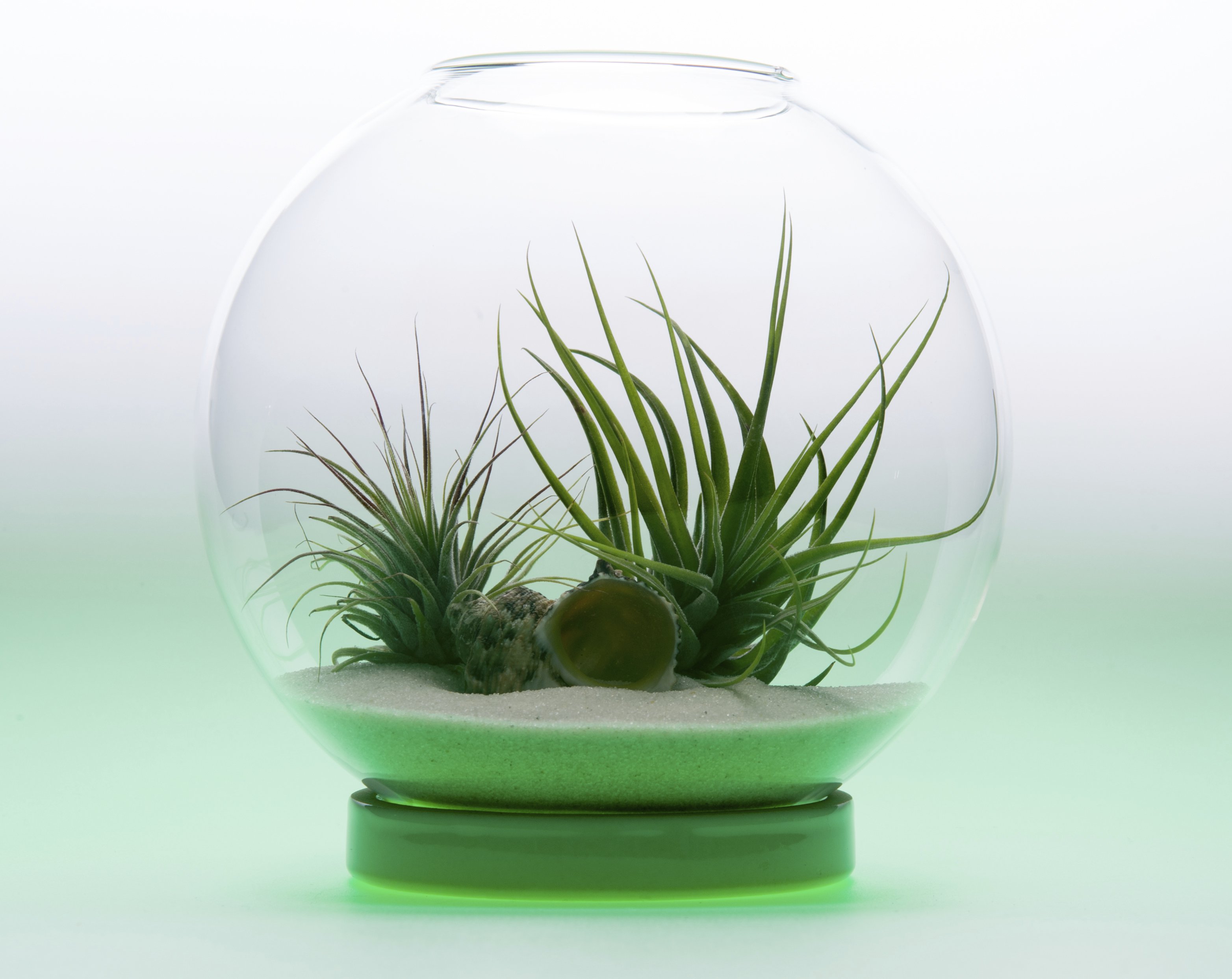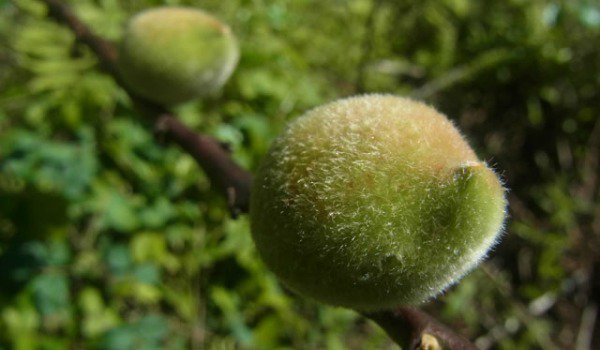
AAAAHHHH! The sweet smell of fresh cut grass sends me into a state of peaceful bliss. I think of picnics, touch football, and tag, all things that I use to do in the grass when I was a child. I never thought about maintaining the grass until it was time to cut it. After enjoying the grass all summer long, early fall is the best time to start winterizing the lawn.
Take in consideration that depending on where you live, all grass is not considered equal. There are cool season grasses that grow in the northern parts of the United States, which consist of fescues, bluegrass, ryegrass, bent grass, timothy, brome, and orchard grass. The warm season grasses that grow in the southern parts of United States consist of Bahia grass, Bermuda grass, buffalo grass, St. Augustine grass, centipede grass, zoysia grass, and the list goes on. It is not recommended to winterize warm season grasses in the same way that cool season grass is done, because it goes dormant in the winter.
*How to winterize the lawn*
This process is only for cool season grasses.
- *Step 1 Fertilize*
Cool season grasses need two applications of nitrogen. The first application should be done in late summer or beginning of fall, and the second application in the late fall when the leaves on the trees are in full fall colors or after they have fallen to the grown. - *Step 2 Aerate*
Roots need room to grow, so the best thing to accomplish that is to take out spikes of dirt all over the lawn creating holes for new seeds. You can rent a motorized aerator or use a stick to do it manually. - *Add Seeds*
Make sure that you buy cool season grass seeds. Check the package and it may even say cool weather seeds. These are the seeds that will work best for your particular lawn. Spread them evenly all over the lawn. - *Step 4 Rake and add water*
After spreading the seeds, they must be covered with dirt, so use a rake to drag over the lawn. Some people enjoy this step and make nice lines in the lawn and capture debris that doesn’t belong. After the lawn is looking all neat and fresh, gently spray it with water. Don’t over water the lawn but periodically spray it to keep it from drying out.
*Tips for warm season grass*
If you feel like doing something for your warm season grass, I would suggest fertilizing it with potassium. Please do a soil test to see if it is low in potassium first before adding anything. It may say Potash on the bag, or K2O. Check the ingredients for Oxide of Potassium. Never add Nitrogen to the warm season grass because it can cause spring dead spot disease, which will create big ugly brown patches in the lawn.
Photo Credit: istockphoto.com


